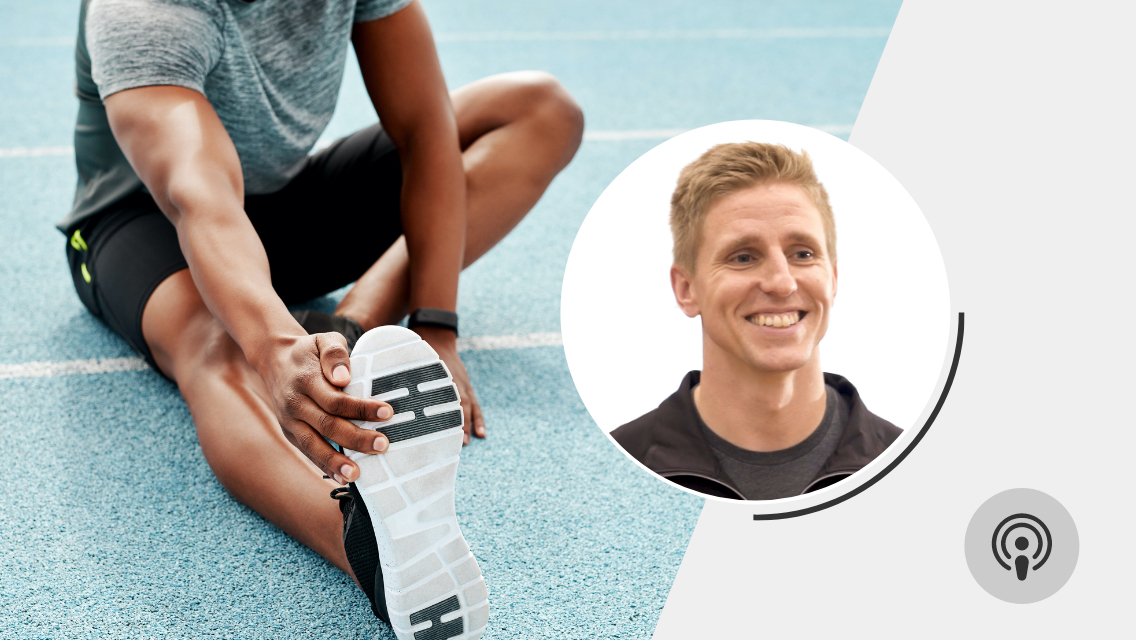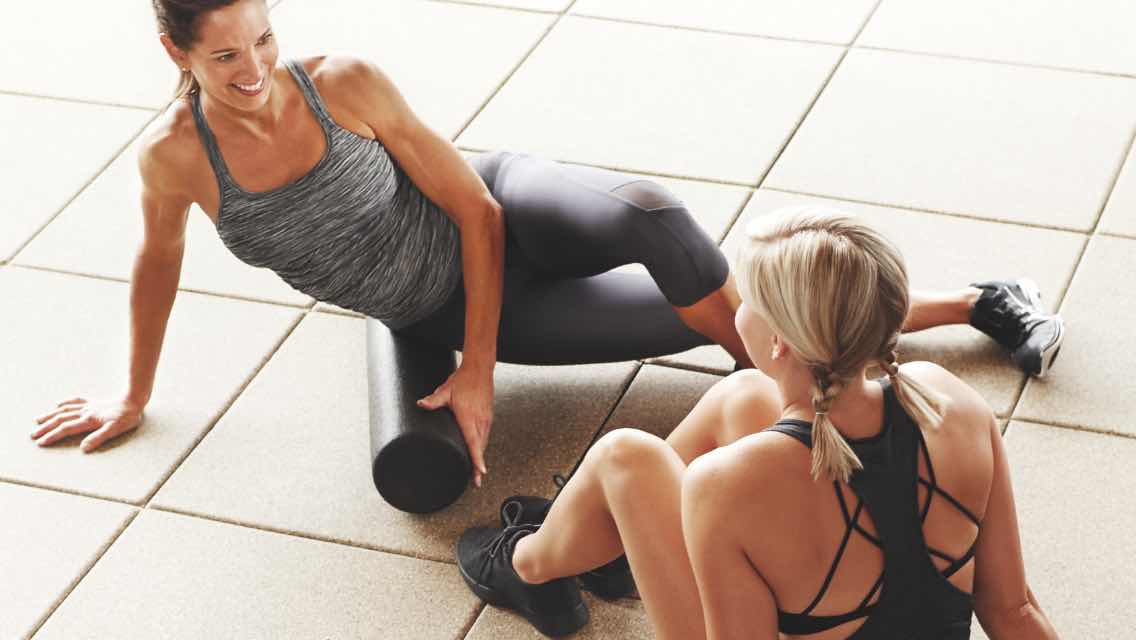Have you ever been really sore from a tough leg workout or a long run? When that happens, often the last thing you feel like doing the next day is getting up and working out. And if you are that sore, you probably don’t want to go and stress your body out with another strenuous workout. However, getting in some form of movement actually can be the best thing for you.
By moving your body, you’re helping to increase circulation and mobilize fluids. You’re sending oxygen-rich red blood cells in and telling the metabolic waste to move on out. This helps promote your body’s healing and recovery.
One of the best tools to help increase circulation is a percussive therapy or massage device, such as a Hyperice device, which can target specific areas of your body that need the attention to help break up tissue while also localizing a ton of great circulation. This therapy method can also help reduce inflammation, relax muscles and minimize muscle tension, break up scar tissue and other adhesions, and help prevent delayed onset muscle soreness (DOMS).
Trainers in our clubs often recommend using the device regularly before and after a workout, on off days when you’re feeling sore, and even at times when you’re feeling stressed out.
If you’re using the device for your warm-up or cool down, there are simple techniques to follow:
Warm-Up
You want to think “sweep, stay, and play” here. Warm-ups are all about gaining range of motion and preparing our bodies for movement. Due to this, you want your percussive device settings to be light and quick.
- Start by “sweeping” the area lightly.
- Once you find a tight or tender spot, “stay” and “play” by recreating movement patterns you may have in your workout.
Cool Down
You want to think “sweep and stay . . . longer” here. Cool downs are all about promoting recovery and reducing soreness. Due to this, you can spend a little more time on those tight areas.
- Start by “sweeping” the area.
- Once you find a tight or tender spot, “stay” for at least 30 seconds. Feel free to stay longer if needed and time allows.
If you’re new to using these devices, you might be wondering the best actionable places and ways to start. We suggest beginning with these four moves, choosing the ones that align with your lifestyle and fitness efforts.
1. Office Work
Are you someone who has prolonged use of a desktop computer, tablet, or phone? These activities can lead to a forward head, rounded shoulders, flexed elbows, and rotated wrists and forearms. It’s typical to experience neck and shoulder pain with the overactivity that occurs in the traps and chest.
Areas covered: Forearms, biceps, chest, and traps
When to use:
- Every 50 to 60 minutes throughout the workday, during breaks, or at times when you start to experience tension
- After long bouts of sitting and screen time
- At the end of the day, post heavy computer use time
2. Endurance Sports
Are you a big runner, biker, or rower? While these are all great ways to train, they are very repetitive motions. These activities can lead to areas of tightness in the calves, quads, and hamstrings. It’s not uncommon to have overuse injuries if you don’t warm up and recovery properly.
Areas covered: Calves, IT band, hamstrings, tensor fasciae latae (TFL), and hip rotators
When to use:
- Pre- or post-activity for movement preparation or recovery
- On off-days to enhance recovery between workout sessions
- When experiencing DOMS
- During passive activities, such as watching TV or winding down for bed
3. Total-Body Cardio
If you’re someone who frequents studio or cycle classes (who doesn’t enjoy a solid sweat to some great music with friends?!), your muscles will thank you if you focus on warming up before and cooling down after those high-intensity classes. Typically, HIIT (high-intensity interval training) works your total body, meaning you want to also prep and recover for that. Spending extra time with the cool down can also support your nervous system’s recovery.
Areas covered: Pecs, traps, calves, IT band, tensor fasciae latae (TFL), and hamstrings
When to use:
- Pre- or post-activity for movement preparation or recovery
- On off-days to enhance recovery between workout sessions
- When experiencing DOMS
- During passive activities, such as watching TV or winding down for bed
4. Strength Training
Lifting weights is great for gaining lean mass and strength — but the real magic happens in the recovery process. Make sure you’re creating the best environment for muscle growth and setting yourself up for success in your next session by prioritizing recovery efforts in your routine.
Areas covered: Forearms, biceps, pecs, traps, calves, adductors, IT band, and hip rotators
When to use:
- Pre- or post-activity for movement preparation or recovery
- On off-days to enhance recovery between workout sessions
- When experiencing DOMS
- During passive activities, such as watching TV or winding down for bed





